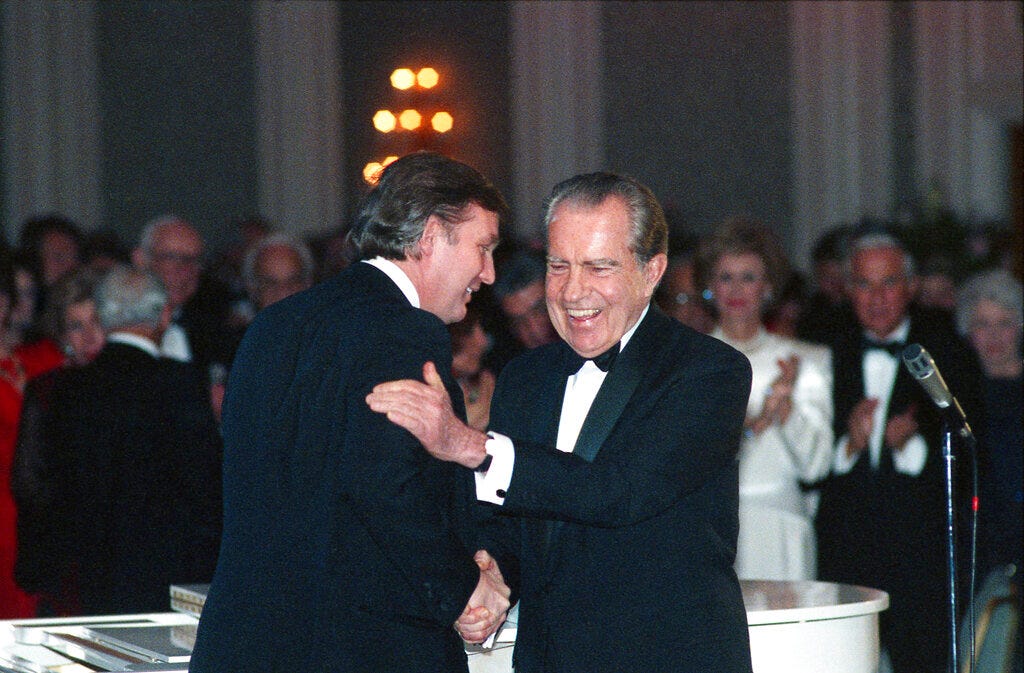Lawsuits are still pending, but the current schedule if for a congestion pricing scheme to begin in Manhattan on June 30. An online issue of Vital City published on May 1 has a group of short and readable explainer articles on aspects of the plan.
In the opening essay, Josh Greenman lays out the basics this way:
The congestion pricing plan has twin, closely related objectives: to reduce stubbornly high automobile traffic in Manhattan, and to raise at least $1 billion, and ideally more, in capital funding annually to support public transit. MTA officials expect the plan to reduce the number of vehicles entering the central business district by 17%. The program’s final details go like this: Cars will pay $15 to enter Manhattan at 61st Street and below during daytime hours (5 a.m. to 9 p.m.), and $3.75 during off-peak hours (9 p.m.-5 a.m. on weekdays, and 9 p.m. to 9 a.m. on weekends). At peak times, motorcycles will pay $7.50; small trucks and charter buses, $24; and large trucks and tour buses, $36. Ubers, Lyfts and for-hire vehicles will charge $2.50 per ride, and yellow taxis, $1.25 per ride. There will be no tollbooths: Automated license-plate-reading cameras at 110 locations will photograph vehicles’ license plates
There are of course a bunch of little exceptions, and if you want to dig deeper into details, read Greenman’s article. Here, I want to mention some of the issues that come up in other articles.
On Day 1 of the program, there will be extra charges and probably all kinds of practical problems, while any benefits of additional funds for mass transit will take time. This may not be a politically sustainable equilibrium. Howard Yaruss suggests offering an immediate carrot: as one example, make all of New York City mass transit free on Sundays.
At best, the congestion charge is only going to take a moderate bite out of Manhattan traffic. Sam Schwartz notes that in the decade up to 2019, the number of cars entering Manhattan’s central business district declined–and traffic congestion got worse. A substantial part of the problem was the rise in ride-share traffic, and if autonomous vehicles arrive in Manhattan, the congestion could worsen further.
New York has been using cameras that take a picture of license plates to enforce speeding laws, and there has been a large rise in the number of cars with license plates that are unreadable for many possible reasons: Buy a fake plate on eBay? Buy a legitimate paper license plate in states that allow it? Hang a bike rack over the license plate? For $100, buy an electronic gizmo that makes your plate unreadable to the camera? Use certain coatings or covers that makes a plate unreadable? Just slop some mud on the plate? Drive without a license plate? Reading license plates to collect the congestion toll will have problems, too.
The projected additional funding for NYC mass transit will increase its capital budget by a little less than 10%. More broadly, as funds become available from the congestion toll, what parts of the NYC mass transit system will see noticeable short-term benefits?
Traffic will reroute in creative ways to minimize or avoid the toll, creating new bottlenecks and issues. As one example, people may commute to upper Manhattan (outside the toll zone) or to other parts of New York City, avoid paying the toll, and then take mass transit the rest of the way. If cars are discouraged from commuting into Manhattan, it may be that trucks find it easier to drive into Manhattan. Fewer cars may also open up opportunities for lanes dedicated to buses, or to expanded walking and bike paths, or allow restaurants to keep serving outdoors.
Henry Grabar points to the interaction of congestion pricing and the rules that govern parking. In describing New York City, he writes:
The City manages 19,000 lane miles and 3 million parking spaces; streets make up an astounding 36% of Manhattan. The unthinking allocation of most of that space to private cars — those in motion, but in particular, those that are parked — has long presented one of the city’s greatest opportunities for improvement. … The city can resolve that issue by borrowing a technique from Vancouver: Issue low-cost permits to current car-owning residents, and give them and low-income households an option to renew at that rate in perpetuity. But after that initial period, start charging applicants a market price for a limited number of permits. Gradually, old-timers move away and the system transitions into one where street space is appropriately priced, and the city can easily weigh the distribution of new permits against other curb priorities in terms of space and money. It’s hard to take away parking privileges, but it’s easy not to grant them in the first place.
Congestion pricing is a bundle of complexities, and a bundle of winners and losers. I don’t live in or near New York, so I’m delighted to watch the experiment play out from a distance. In addition, I’m not hearing a lot of other ideas that offer the possibility of reducing congestion and increasing mass transit in the city. But it also seems like the kind of idea that could be tripped up by practicalities.
For more on congestion pricing, see:
- “What if the Argument Was About Whether to Remove Congestion Pricing?” (May 24, 2019)
- “The Stockholm Congestion Charge” (May 2, 2018)
- “The Pricing Answer to Traffic Congestion” (July 17, 2017)
The post Congestion Pricing in Manhattan: About to Arrive? first appeared on Conversable Economist.


